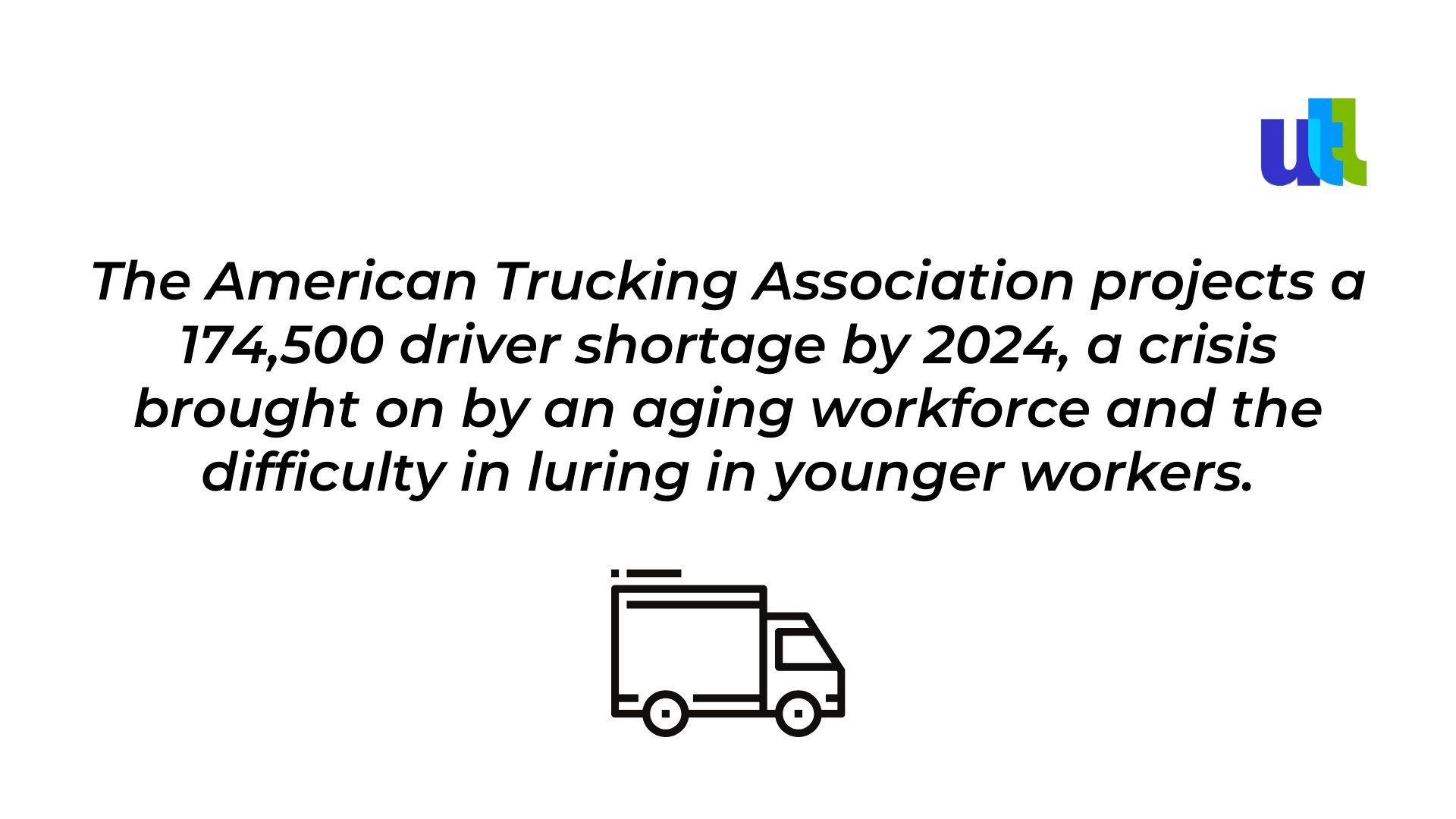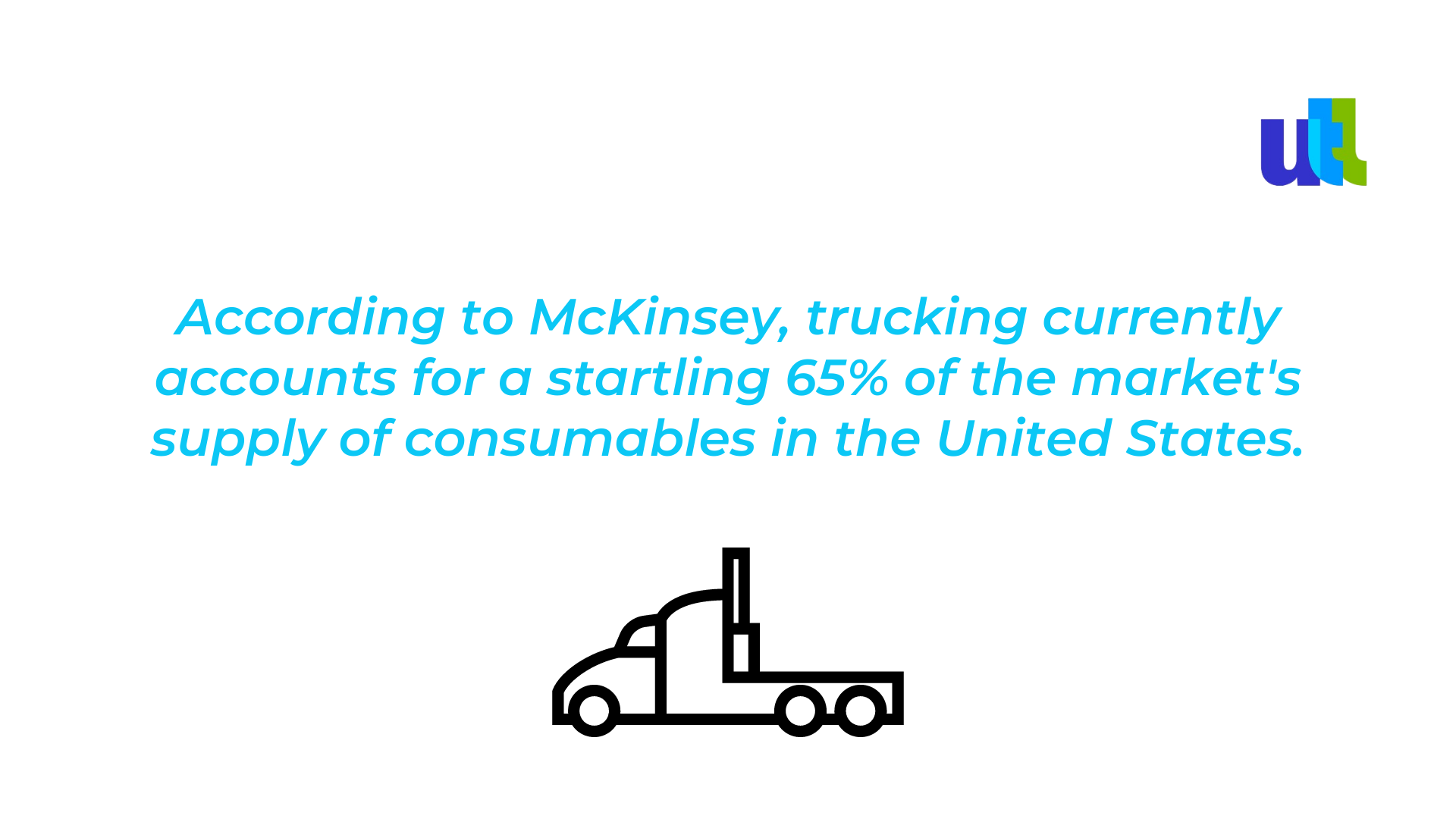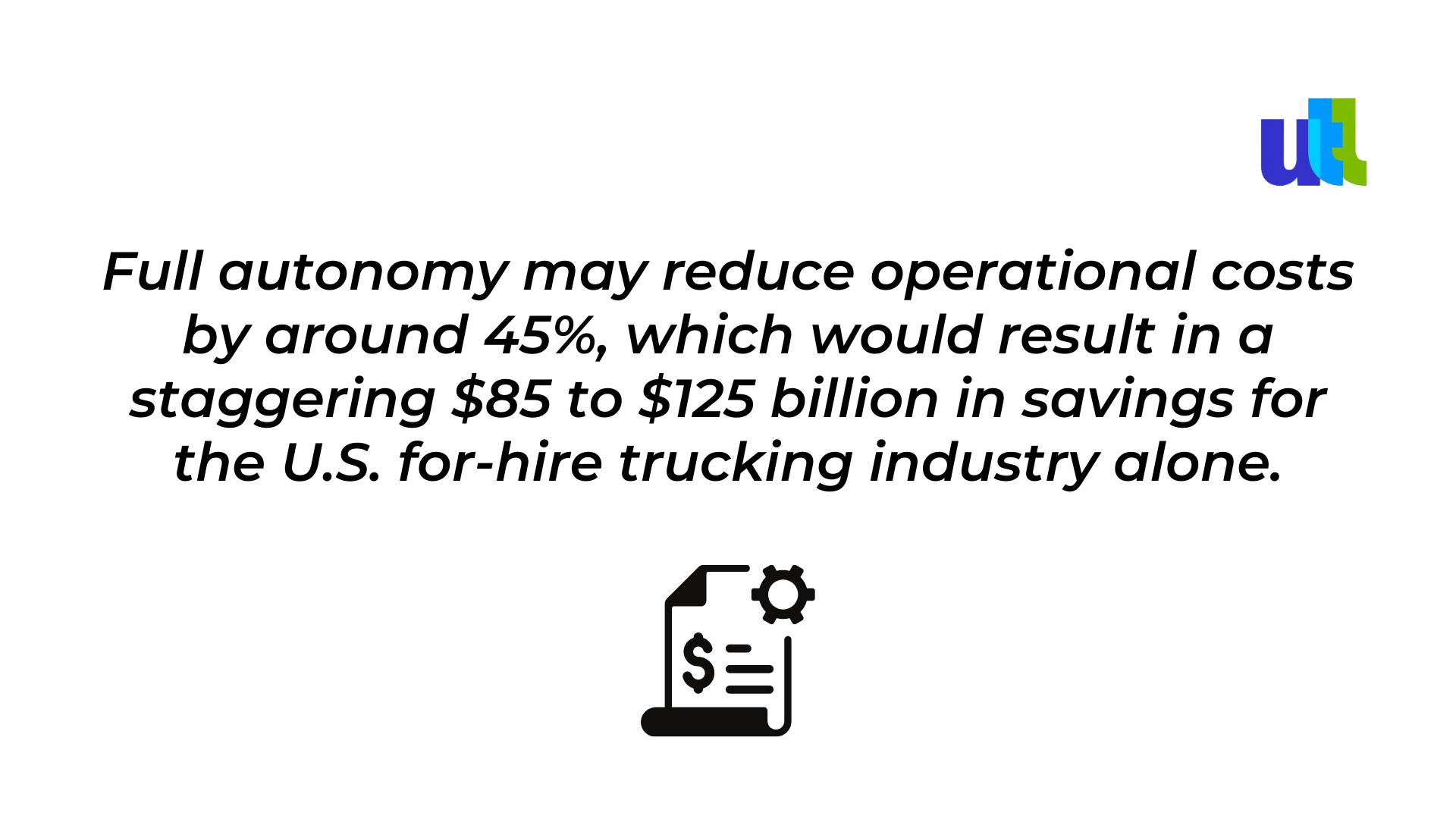In the realm of modern transportation and logistics, innovation is the key to staying ahead of the competition. Over the past decade, two groundbreaking technologies have emerged and merged to reshape the landscape of businesses heavily reliant on transportation and delivery services. Autonomous driving and route optimization have become the dynamic duo, revolutionizing industries, and unlocking a world of possibilities.
With the rise of autonomous cars, a new age in logistics and transportation is about to begin. Trucks, drones, ships, and other self-driving vehicles are all being carefully tested, opening the door to the possibility of leaner, more affordable transportation systems. This innovation provides a practical answer to some of the most important problems facing the sector.
The logistics and transportation industry, which has long struggled with a growing labor scarcity and the demands of quick delivery, is on the verge of a revolutionary change.

Simultaneously, there is a need to go beyond restrictions on driving time and capital utilization as a result of the growth of e-commerce and customers' expectations for expedited delivery.


Wide-ranging advantages of this adoption include decreased freight and logistics costs, improved vehicle utilization, increased fuel efficiency, and most importantly, shortened delivery times.
Autonomous driving one step closer:
Increased safety
Let's start by talking about safety. As opposed to human drivers, autonomous cars don't become tired or distracted, thus lowering the danger of accidents. To prevent crashes, they may "talk" to one another, making the roadways safer for everyone and minimizing harm to the cargo being transported.
Reduced costs
Autonomous vehicles are a game-changer for cost reduction. Consider autonomous trucks that operate continuously without stopping, eliminating the need for multiple driver shifts. Think about drones that can quickly transport items without the need for expensive human labor. These developments result in decreased costs for businesses and even the lower prices for consumers.
Improved efficiency
Then, the use of autonomous vehicles significantly increases efficiency. By avoiding busy areas and shortening delivery times, they may plan the most efficient routes. Last-mile deliveries can be handled by drones, saving vehicles from having to negotiate congested city streets. Autonomous ships can employ route optimization to take advantage of favorable weather conditions even when they are at sea, saving fuel and cutting emissions.
Enhanced sustainability
In the modern world, sustainability is an essential component of every sector, and the development of autonomous vehicles is expected to have a big impact in this area. With advanced route optimization systems, autonomous ships and trucks may carefully plan their routes to save on fuel and reduce emissions. This is a significant step towards a cleaner future by better integrating the sector with international efforts to mitigate climate change.
Platooning technology
Autonomous vehicles can more effectively implement the platooning idea, which involves trucks driving closely behind one another and coordinating to improve traffic flow. When the leading truck brakes, the following trucks can do so automatically and instantly before resuming their acceleration. By using this technique, unneeded braking and consequent fuel-burning acceleration are avoided. Truck platooning can therefore help in easing traffic jam, improving traffic flow, and reducing fuel use.
New business models
The emergence of autonomous cars offers new opportunities for business models in the logistics and transportation industries in addition to improved efficiency and sustainability. Imagine a time in the future when autonomous convoys are common, with self-driving trucks trailing a lead vehicle that is driven by a human. This strategy would increase productivity, decrease labor expenses, and provide a human touch for safety and control.
The road to complete autonomy in logistics and transportation is not without obstacles, though. On this path, regulatory and safety issues must be resolved. However, there is a significant upside. Autonomous vehicles are poised to fundamentally alter how we transport products and people by enhancing safety, reducing costs, increasing efficiency, promoting sustainability, and stimulating cutting-edge business models.
Last but not least, countless tests are being carried out all over the world to not only assure the safety of autonomous driving but also to uncover possible improvements to traffic efficiency: avoiding traffic jams, cutting down on travel times, and lowering emissions. Even if we could only be at the beginning of development, significant advancement is anticipated in the upcoming years, which could be hastened by the continued driver shortage.
Autonomous driving trucks: Many questions still remaining
There is no denying the buzz around autonomous vehicles. But it's crucial to understand that there is still a lot of work to be done. Firstly, technology must advance, to become more secure, dependable, and effective. Second, our roads are not yet fully prepared for autonomous vehicles. However, we might begin testing these trucks on a few sections of our road system. Important problems like how to transition from a system with drivers to one without and whether or not human drivers are still as effective as an autonomous system could be resolved by these testing.
Then, we have a major legal issue. Who is at fault if an autonomous truck crashes? Who should we blame: the truck manufacturer, the software developers, or the owner or driver of the vehicle? It will take time to develop the regulations that can deal with autonomous driving. So, even though autonomous driving trucks sound exciting, there are still many issues to be resolved before they can be used safely and effectively.
Data exchange among autonomous vehicles
In the future, data sharing across various trucks and cars will be crucial to the safety of autonomous vehicles. Vehicles will be able to transmit real-time information about their location, speed, and other relevant factors thanks to technologies like 5G.
This networked system can monitor locations that are difficult for a single driver to observe. For example, if threats lurk in blind spots, the car can be warned beforehand and take autonomous action through networking. The braking distance is unaffected even though an autonomous vehicle's reaction time may be faster than a human's. In order to prevent accidents, fast and correct information is therefore essential.
The continued importance of human drivers
Autonomous vehicles are able to recognize possible hazards and interpret road signs, thereby comprehending the corresponding traffic laws. They can recognize the laws of their lanes, directions, and right-of-way. Additionally, they use probability to identify potential dangers, such as pedestrians, other vehicles, or immovable objects, and forecast whether they will move out of the way or remain put.
Although amazing, the technology used to power autonomous vehicles has several drawbacks. It outperforms human driving abilities in many aspects but falls short when analyzing complex situations—an area where humans still have an advantage.
New dynamic duo: Route optimization and autonomous vehicles
Route optimization technology is an integral part of modern logistics management. Gone are the days of manual route planning, as businesses now turn to smart algorithms to optimize their delivery paths. These algorithms consider factors like traffic conditions, delivery time windows, and package volume to devise the most efficient routes possible.
When autonomous driving and route optimization technologies unite, businesses witness a transformation in their transportation operations. The combined power of these two innovations yields remarkable benefits.
Autonomous vehicles may offer benefits beyond economies of scale and increased productivity. We can further leverage the advantages by merging these technologies with route optimization systems. Route optimization can assist autonomous cars in selecting the most effective routes, considering current weather, traffic, and road closures, thereby reducing travel time, and increasing productivity. This strategy would not only result in even greater cost savings, but it would also help to cut carbon emissions, bringing the industry closer to the goals of global sustainability.
Autonomous vehicles are taking the lead as we move forward, delivering a new level of innovation that blends safety, cost-effectiveness, and efficiency in new ways. With the arrival of autonomous cars, the logistics and transportation sector is on the verge of a dramatic shift. This cutting-edge technology is ready to usher in a future that offers improved sustainability, cutting-edge business models, and a variety of other advantages when combined with route optimization.
A Glimpse into the future
The combination of autonomous driving and route optimization has far-reaching implications for various industries:
E-Commerce: Online retailers can offer same-day deliveries without relying on third-party logistics providers. This improved service attracts more customers and boosts customer loyalty.
Food Delivery: Autonomous vehicles combined with route optimization enable food delivery businesses to reach customers faster, ensuring hot and fresh meals are delivered promptly.
Healthcare: Medical supply deliveries can be expedited using autonomous vehicles, guaranteeing timely restocking of essential items in hospitals and pharmacies.
Public Transportation: Autonomous buses and shuttles, coupled with route optimization, can transform urban transportation, making it more efficient and accessible to the masses.
Summary:
In conclusion, the development of autonomous cars is an exciting, optimistic step forward in logistics and transportation. The future of autonomous vehicles seems promising as we address issues and investigate opportunities. The integration of autonomous driving and route optimization technologies has brought about a transportation revolution, impacting businesses across industries. By combining the efficiency of self-driving vehicles and the smart algorithms of route optimization, businesses can streamline their operations, cut costs, enhance safety, and contribute to a sustainable future.
As these technologies continue to advance and become more widespread, the benefits they offer will only grow, reshaping industries and making our world a smarter, more connected place.
In the logistics and transportation industry, the introduction of autonomous cars is opening a new chapter and preparing us for what is to come. Simply put, this move demonstrates how cutting-edge technology can assist us in building a future that is safer, more cost-effective, and greener.
For free consultation on the rise of autonomous vehicles in logistics click here.
----------------------------------------------------------------------------------------------
View the full presentation:
WRITTEN BY
Milda Butkeviciute
2023-07-21


































































































































































































